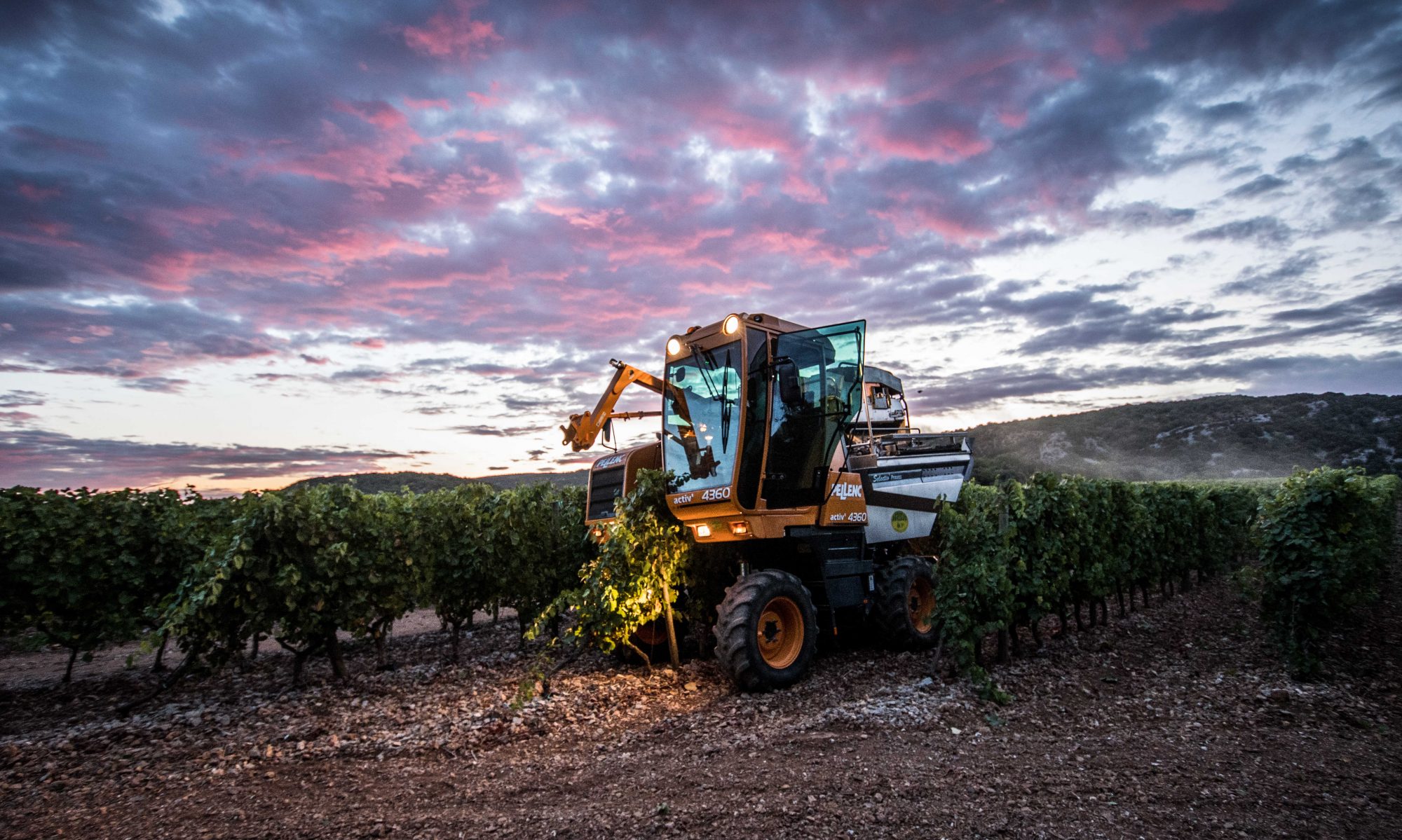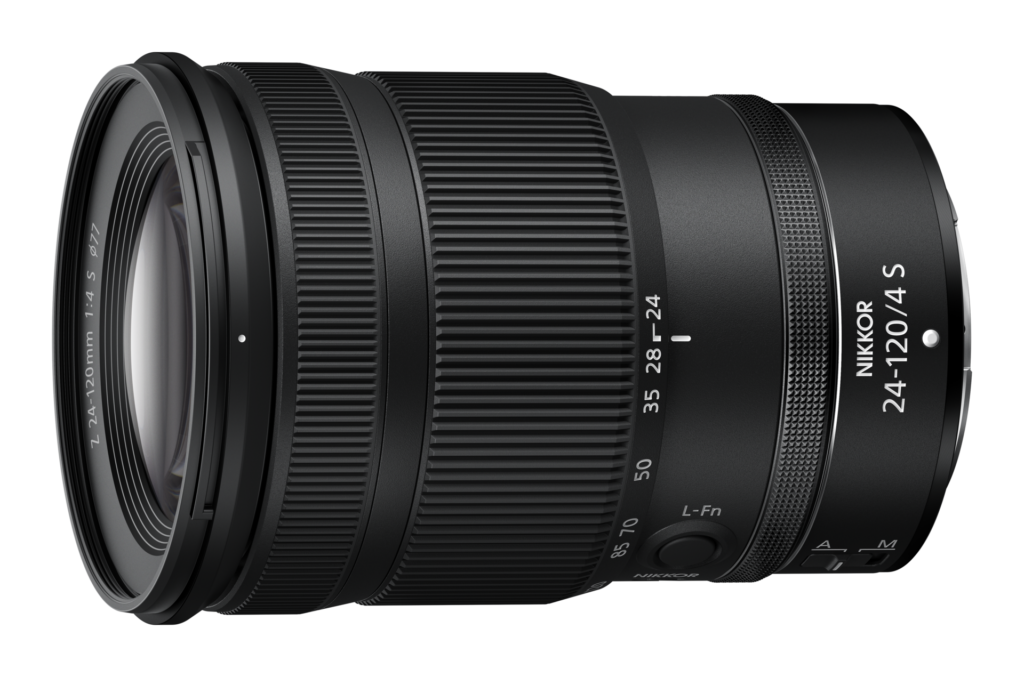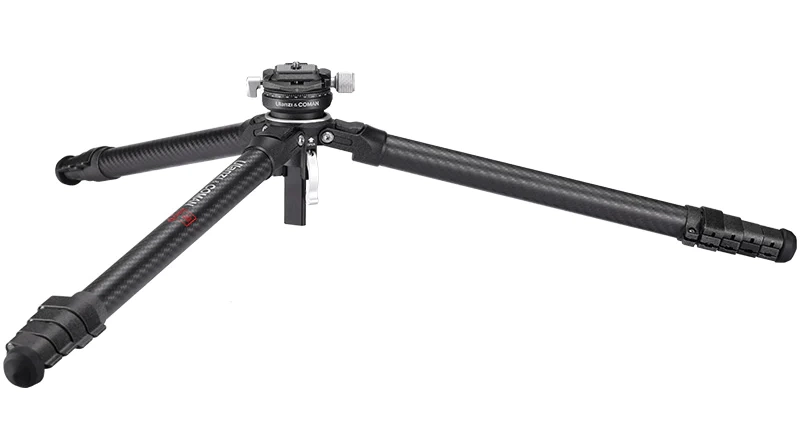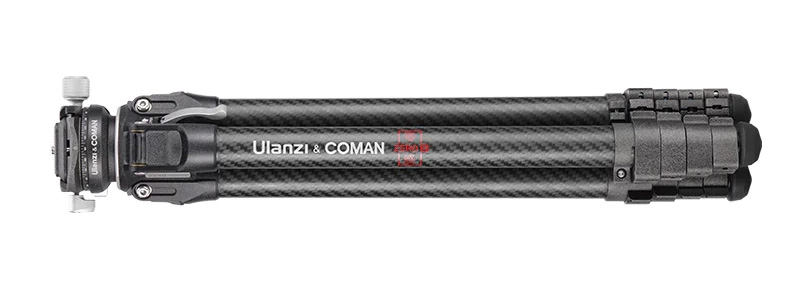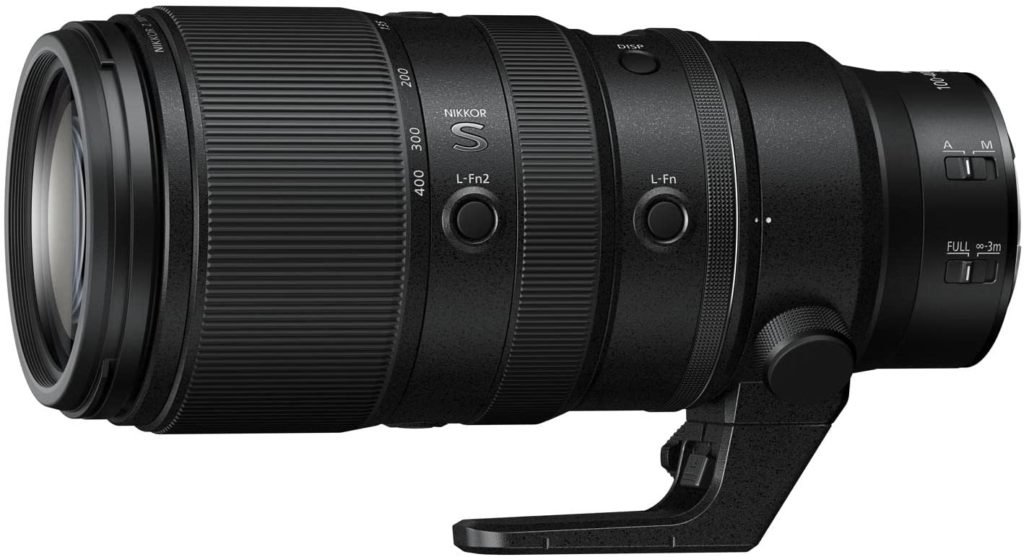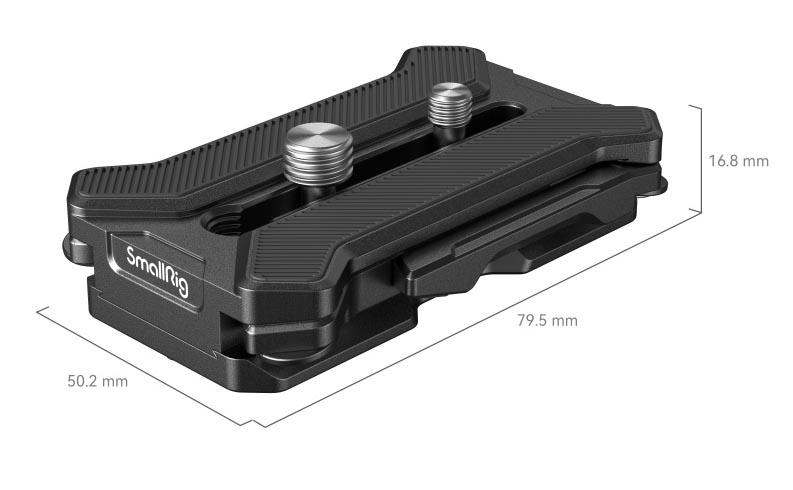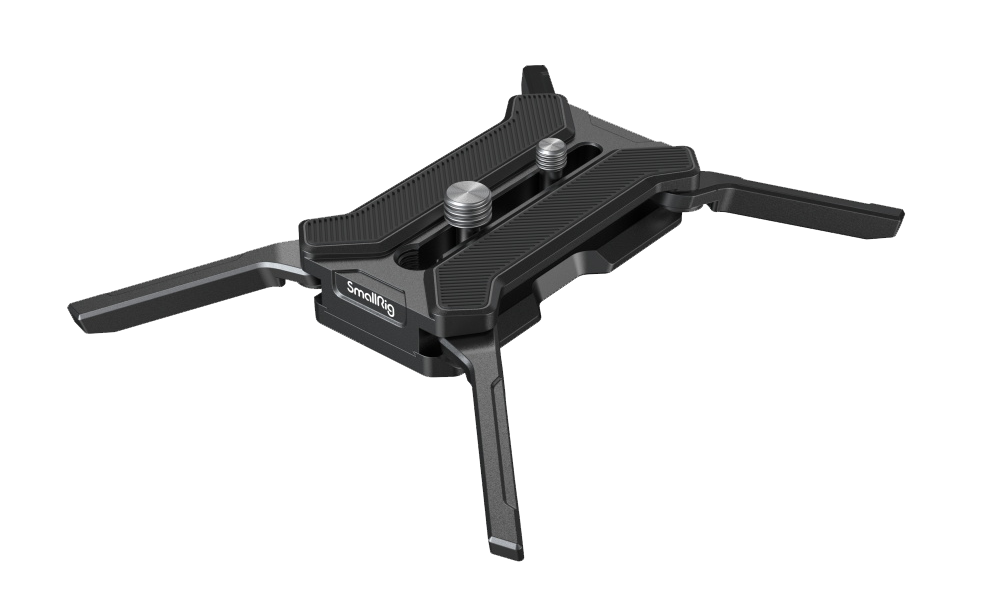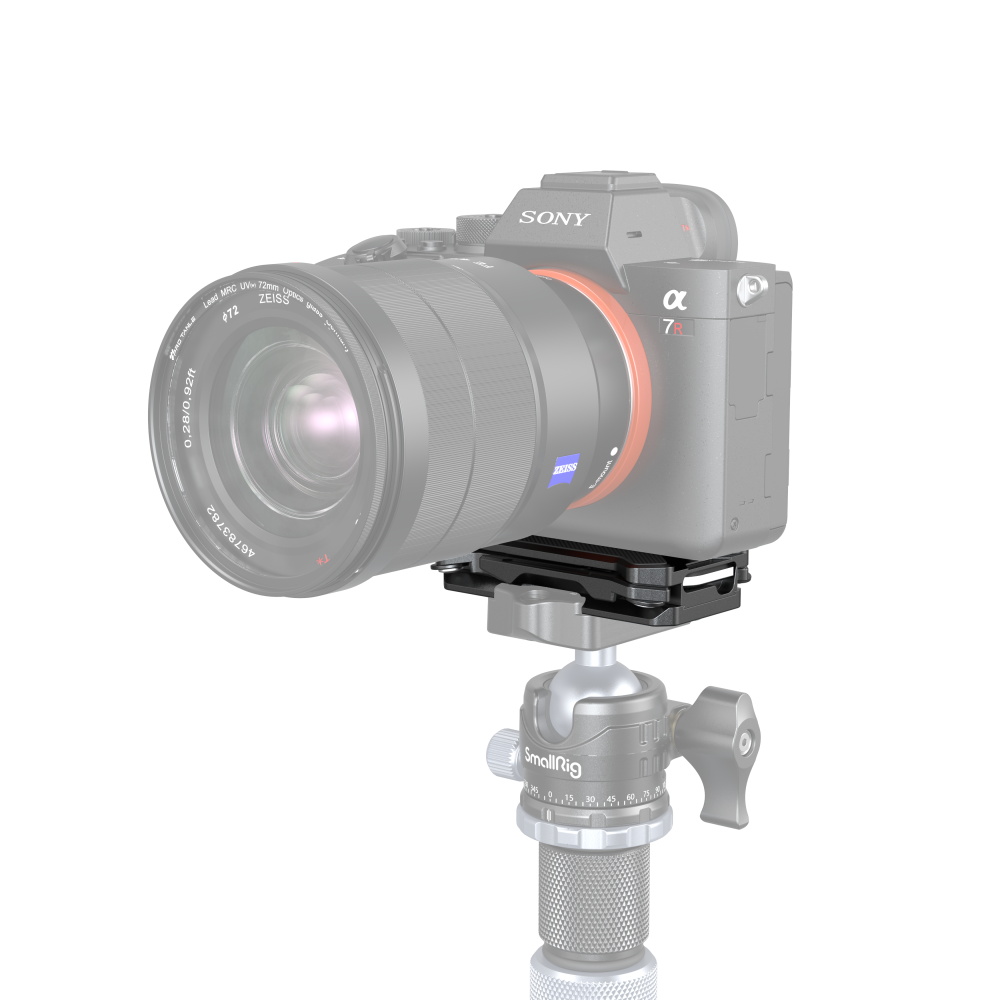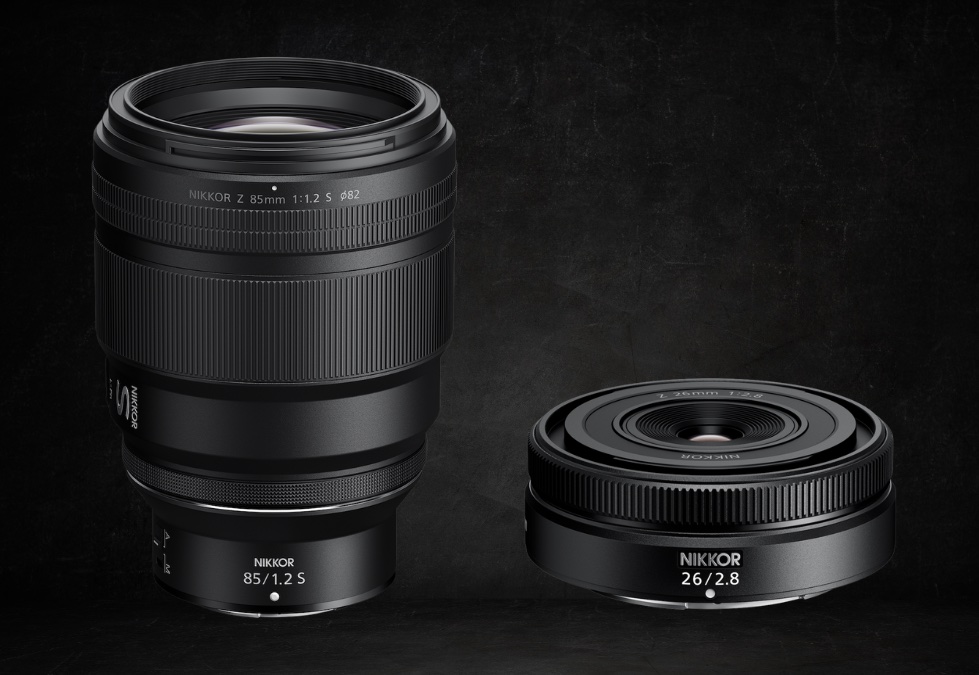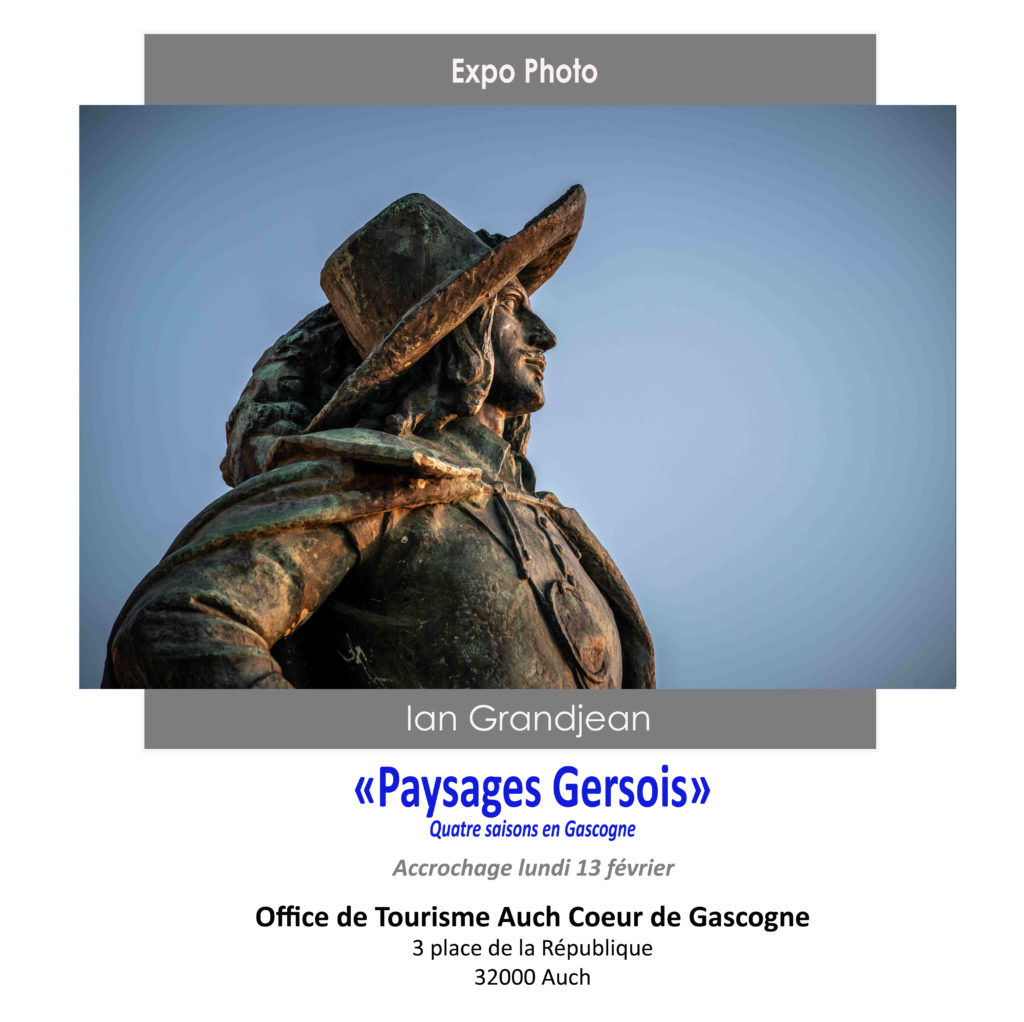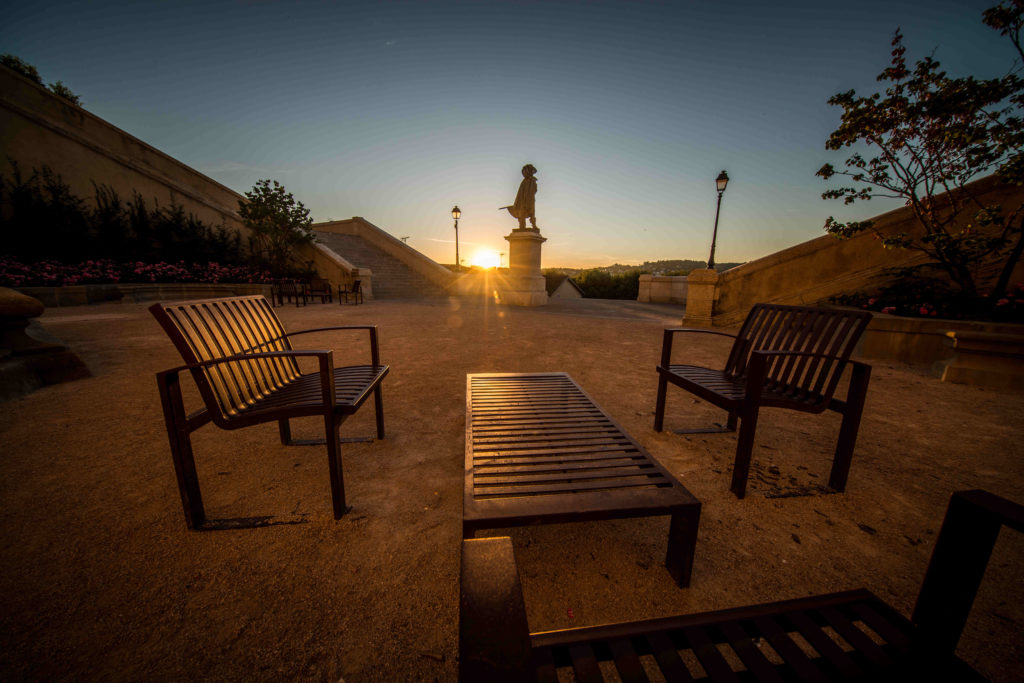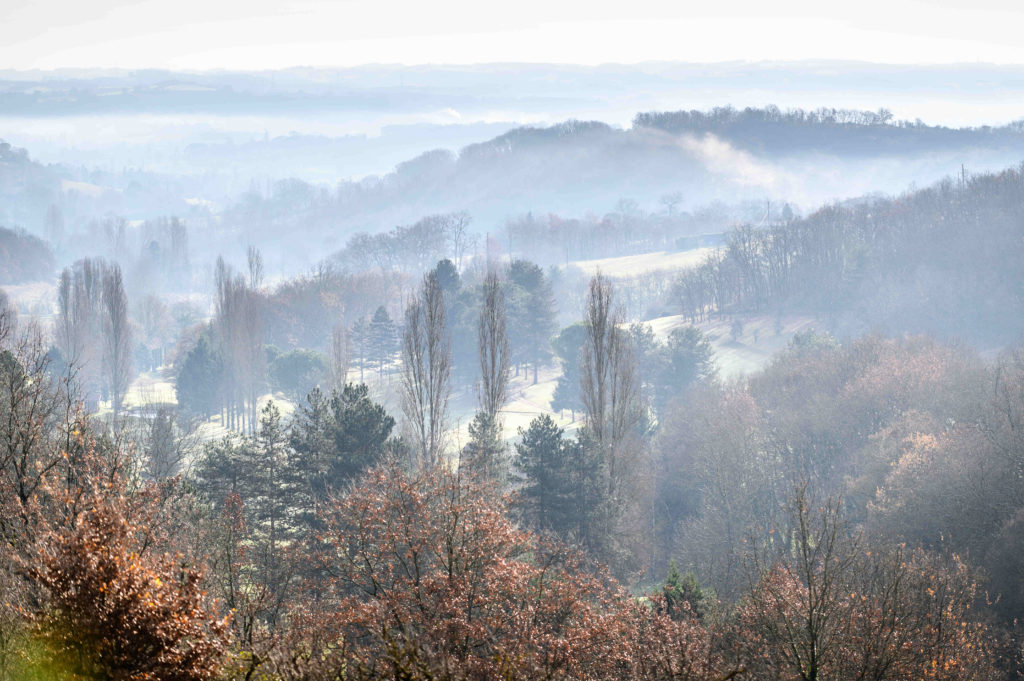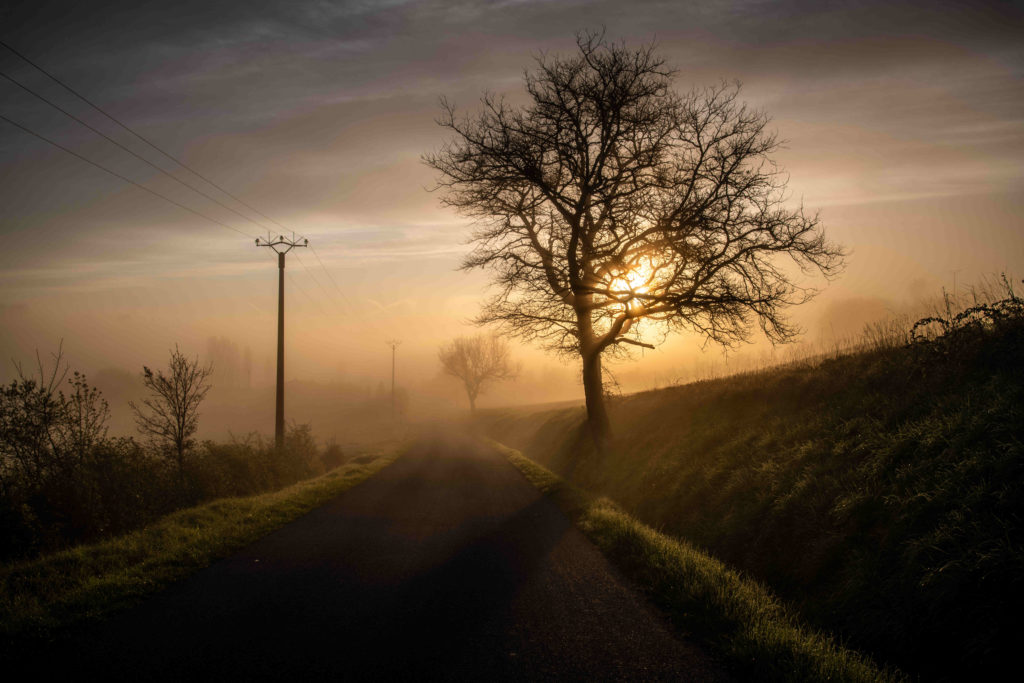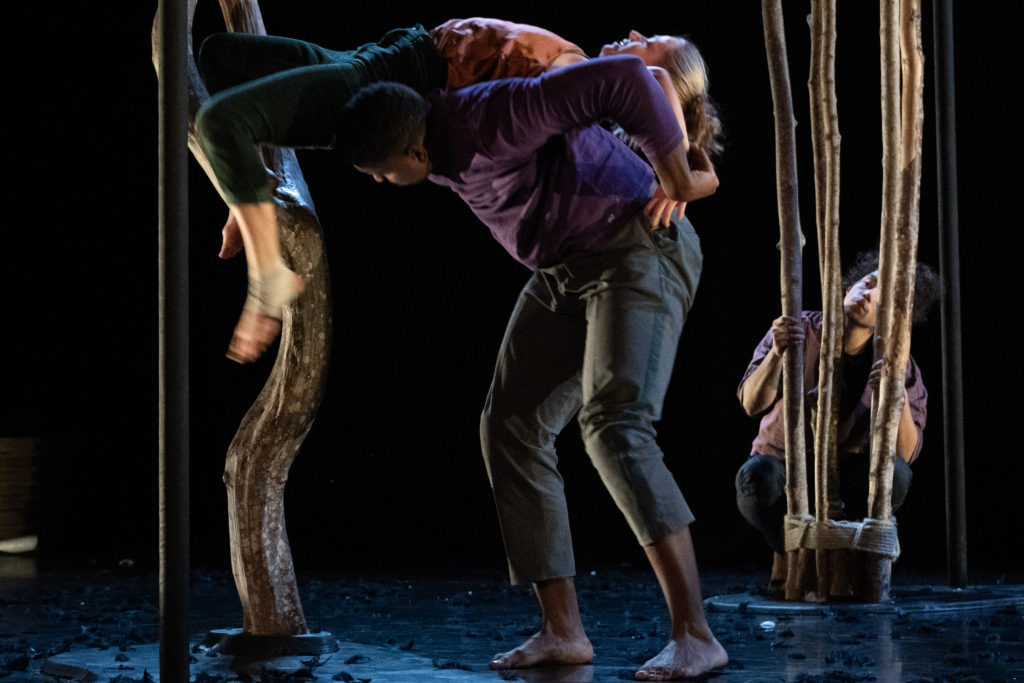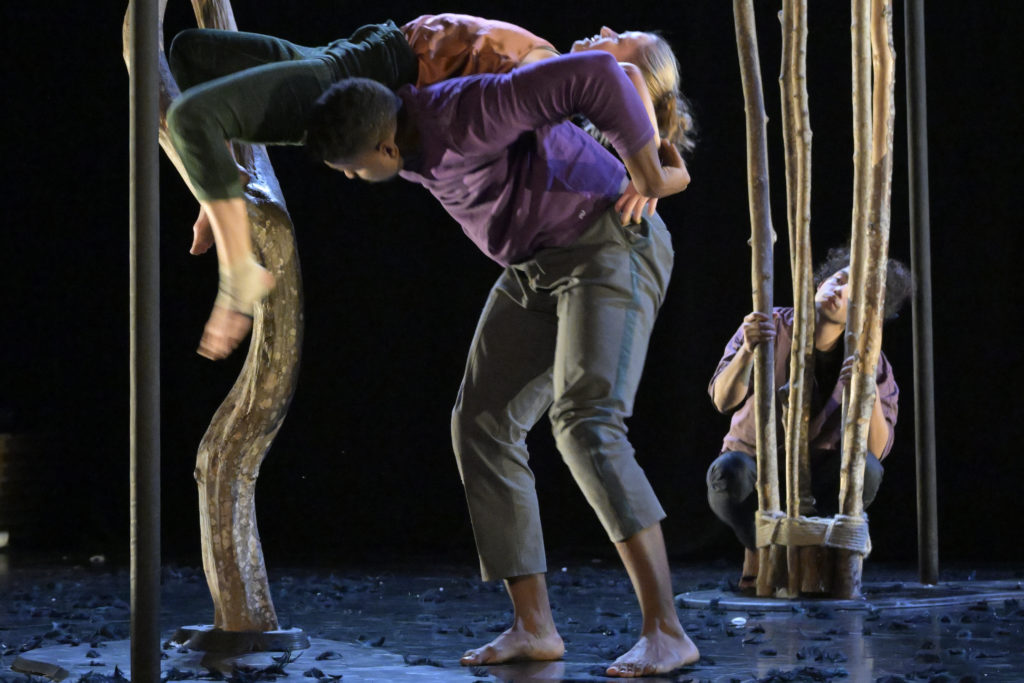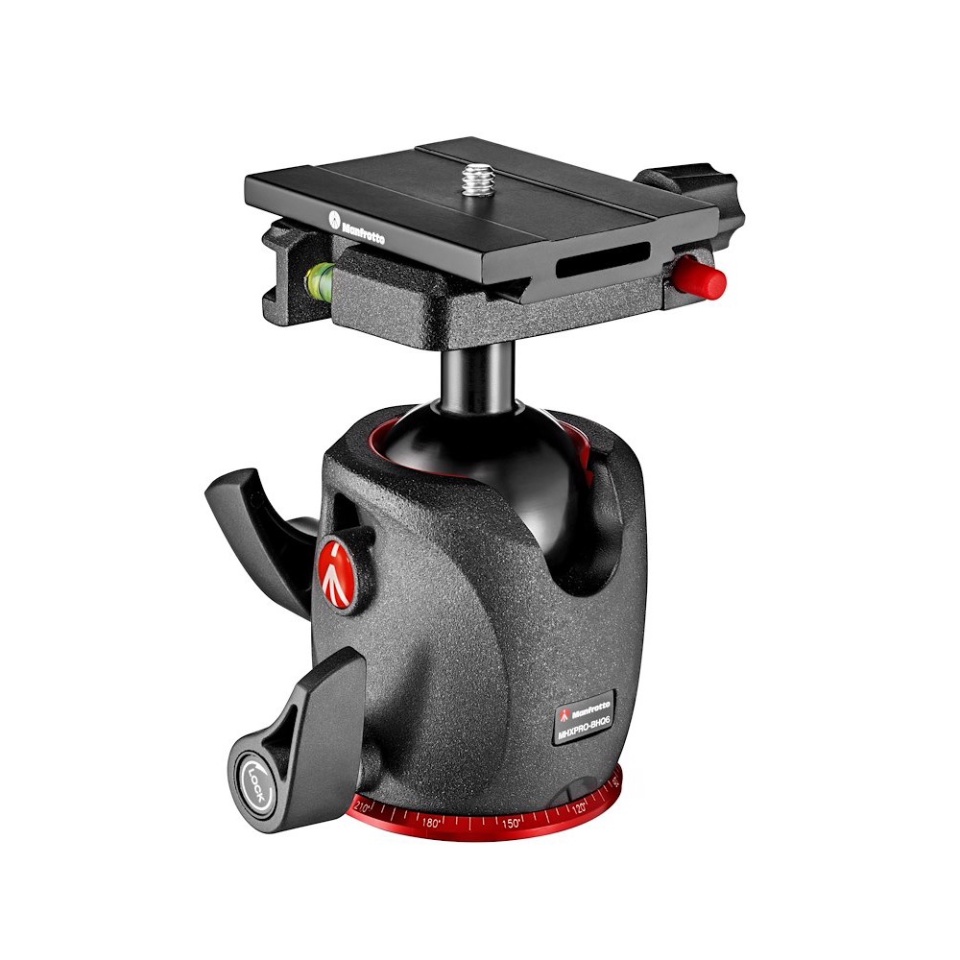This is getting to be a habit…
The next on the list of’desired’ optics is the NIKKOR Z 24-120 f/4 S
This is the sucessor to the very average 24-120 f/4 AF-S F version and judging by the reports, NIKON have managed to correct pretty much all of the previous lens’s faults.
It’s a constant f/4 – which some see as a hinderance – frankly I can’t see why? The maximum aperture allows a smaller, more compact lens – therefore easier to carry around. Some of the fanboys over on Nikon Rumors have even gone so far as to comment that the lens is useless in low light and that they change to their 24-70 f/2.8 – yes of course they do – have these idiots never heard of changing the ISO? (or the shutter speed?) (In their defense, most of them never actually use their cameras, and post comments based on other peoples comments – I’ve stopped reading their rubbish. But I must admit I feel sorry for Peter who created the site – must be hard seeing some of the rubbish they spout…)
These kind of comments, in my book, are total non-starters. I work principally in very dark/badly lit conditions (for my circus/concert work) and frankly I’ve never taken into consideration a slightly smaller aperture as a monumental problem. I have used my 70-200 f/4 AF-S quite alot but more because it was half the size/weight compared to the f/2.8 version.
I’m actually waiting to see if NIKON will ever produce a Z 70-200 f/4 S as there are occasions when I need the extra length, but without the extra weight. Apparently there’s a 70-180 on the ‘road-map’ but no aperture values yet…or production time scale…
This sort of focal length range is extremely useful if your work revolves around a stage or a concert venue, as when I’m obliged to work with an audience behind me, and can’t get closer to the artists, I need to be able to have a bit of extra ‘reach’ – of course, having two camera bodies would be an alternative, one with a medium range zoom, and the other with the 70-200 for example. But that creates it’s own problems with weight and bulk etc.
More on this, with examples, when it arrives…
UPDATE: It’s arrived, and aside from not being able to check out it’s optical qualities yet, it’s everything I had hoped – it’s light and compact and I’m looking forward to putting it through it’s paces – in a weeks time I’ll have the oportunity as I have a circus residence to photograph…
I can see this being a valuable alternative for holidays too. Who wants to lug loads of gear around – this lens and the 14-30 f/4 will give me pretty much all I need for trips…all in two lenses.
